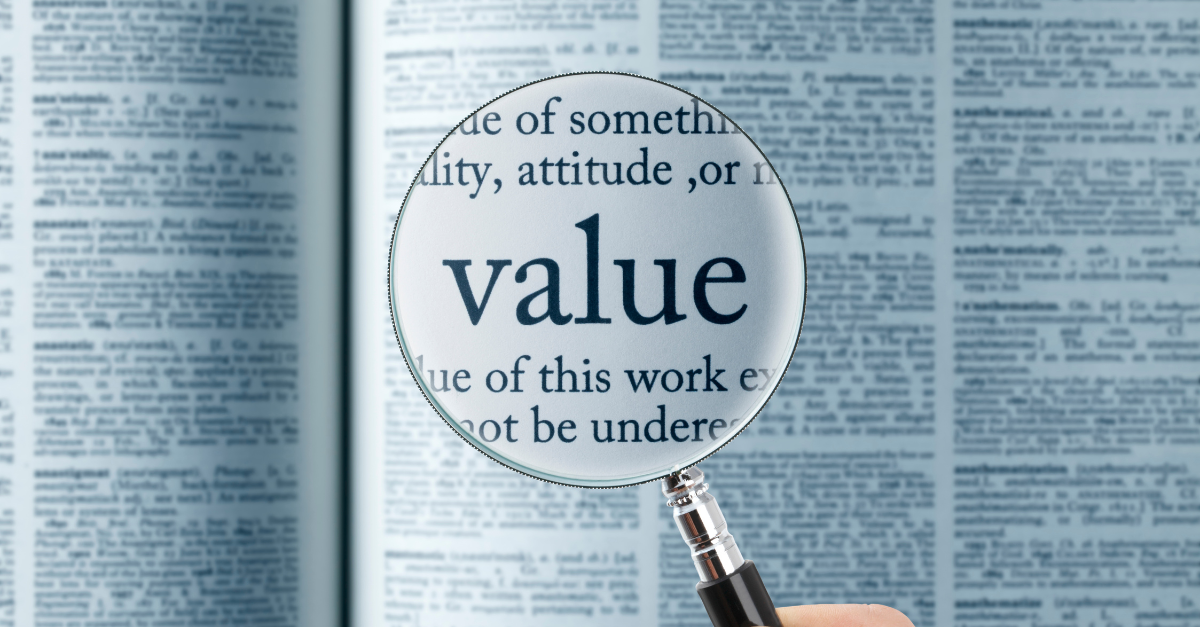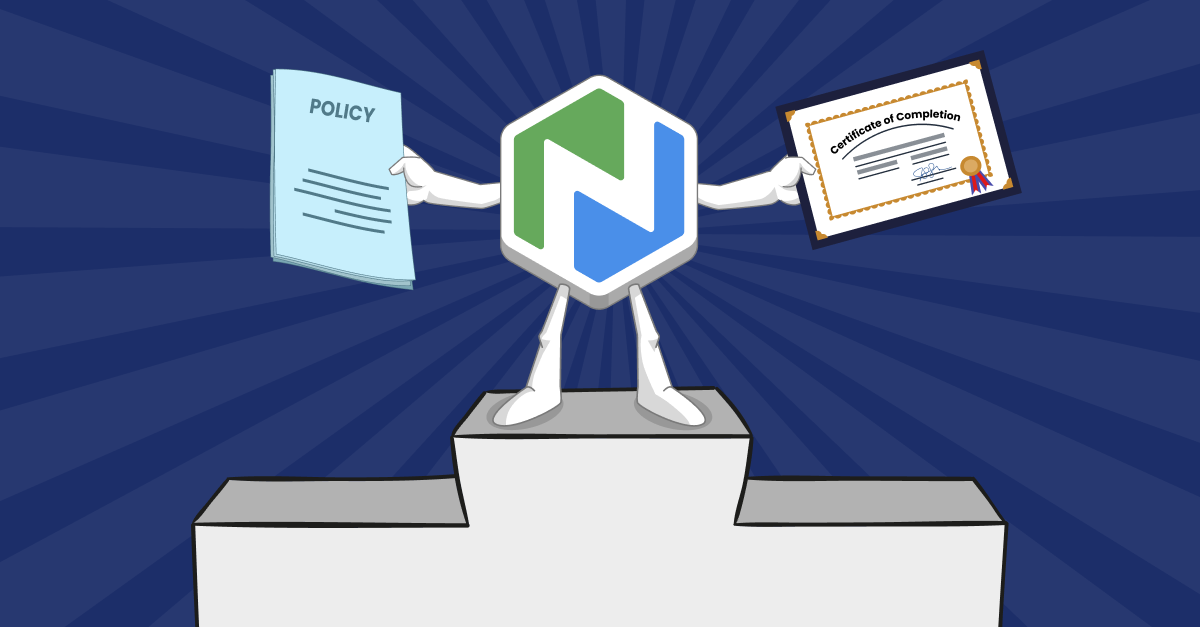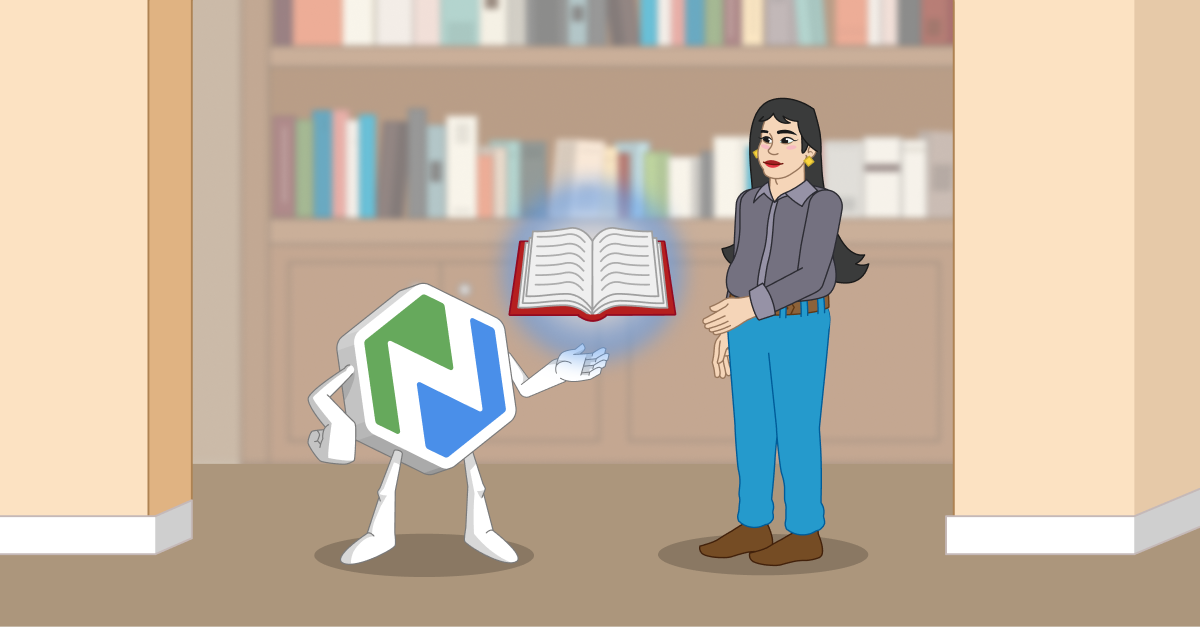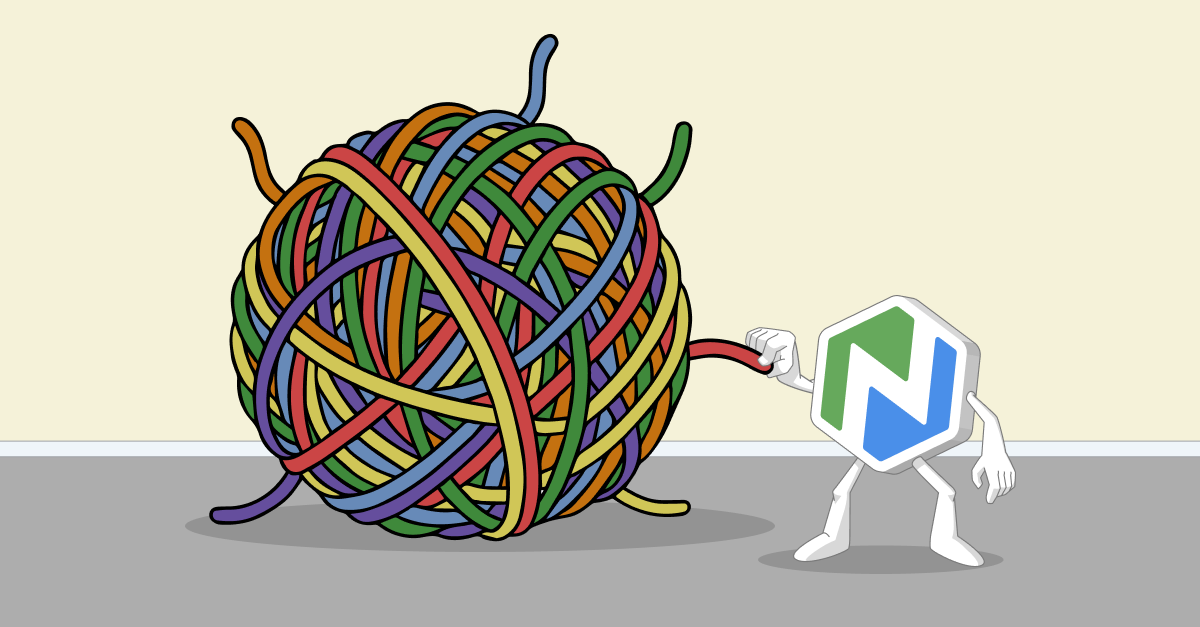7 Ways to Communicate Your Value as an Academic Librarian
Learn effective ways to explain what you do as an academic librarian and why the work matters.

Here’s a question: how often do you have to explain what you do as an academic librarian? And how often does it seem like people just don’t… get it? Many academic librarians have these conversations—sometimes with their own administrators!
If this sounds familiar, you’re not alone. The value of academic libraries is a constant topic of discussion. What is their value? How do you communicate it? This argument has gotten easier in some ways, as many libraries took a leading role in helping their institutions adapt to Covid and online learning. In other ways, it has gotten harder, as many universities see their enrollment drop and budgets shrink.
What About The Librarians?
The debate about academic libraries isn’t going away. But as Clarke, Stanton, Grimm, and Zhang point out, what about the librarians? “If we want to value library workers as active members in the academic community and diminish passive stereotyping, why aren’t the library workers and their labor included in valuation? Instead, these studies reduce or eliminate the visibility of the labor that maintains library services and information access.”1
The value of academic librarians isn't always obvious because value statements tend to focus on the library as an institution instead of the work that goes into its operation. Not everyone understands what you do. Not everyone seems to care. And in an era of shrinking budgets and enrollment, it’s more important than ever to communicate what you do and why it matters. Here are a few suggestions—see what works for you.
Ways to Show Your Value
Get Grants. Conversations about value are often reduced to money. In simple terms, is the library’s return on investment worth the funds it’s getting? Administrators at your university may not fully understand what the library does. But they understand money—and applying for, securing, and managing grants demonstrates that you can bring in dollars. Grants are also competitive and prestigious, so having a proven track record of grant writing and project management helps put you, and your university, on the map.
Build Relationships with Stakeholders. Many academic libraries share their space with other units, like tutoring or student success offices. But passive partnerships aren’t enough, according to OCLC’s Academic Library Impact report (2017). Instead of just sharing space or offering services, librarians are encouraged to engage in “cooperative programming and interaction” with stakeholders. Forming sincere, mutually beneficial relationships takes time, but it’s worth it. You’ll be able to combine resources to launch initiatives neither of you could do alone. And you’ll have built-in champions who can spread the message of your value to their stakeholders.
Collaborate in Research Partnerships. Building relationships extends to teaching faculty as well. One great way to communicate value is to collaborate on research, including publishing with colleagues outside the library. As Borrego, Ardanuy, and Urbano argue, “At a time when academic libraries increasingly need to demonstrate their value to their institutions, research collaboration with faculty resulting in the co-authorship of research output is one possible path toward demonstrating the alignment of the library with the institutional mission.”2 Collaborating on research will help others understand your work as you bring key research and organization skills to larger projects. And, as with all relationships, collaborations create people who can tell your story for you.
Track Student Success. If you’re a teaching librarian, you probably already have data about how many students you see in one-shot sessions or other classes. But numbers tell only part of the story. You know you’re interacting with students, but do you know if you’re impacting them? Gathering qualitative data in the form of student feedback or, even better, assessing how they do on information literacy assignments provides a powerful way to show how your work directly affects student learning.
Align with the Bigger Strategy. Review your institution's strategic plan, then map your work—and how you talk about it—onto it. Students' employability or higher education's affordability might not be your main goal. But if your institution cares about preparing graduates for the workforce, or making college more affordable, aligning your message with these priorities will have more impact. The good news is, once you start looking, your work will likely map onto almost every strategic goal out there. Because academic libraries touch many aspects of student life, you can connect your work with larger strategies in ways other departments can’t.
Watch Your Language. It helps to tailor your statements to the university’s language. OCLC’s Academic Library Impact report found that administrators and librarians aren’t always using the same language. For example, librarians talk about “service,” but provosts tend to be more specific, talking about “teaching and learning” or “customer service”. Try this: take a typical value statement you use to talk about what you do. Now, check that against the terms your university uses. If you aren’t using the same words, you might not be speaking the same language as administrators and other decision-makers. Small tweaks may make it more likely you’re heard.
Use Concrete Examples. Finally, use concrete examples to link student success to the institution's larger strategy. If your university is interested in economic opportunities for students, a value statement like “Research shows employers aren’t satisfied with employees' critical thinking skills. This semester, I taught 200 students essential critical thinking skills to prepare them for 21st Century employment in all industries.” And, if you can pair concrete examples with student feedback or assessment results, that’s even better.
More Ways to Communicate Value
Academic librarianship is hard—and made more difficult when it feels like you have to explain what you actually do. And then explain it again. And again.
We’re here to help. Niche Academy can help you increase your impact, connect with students, and build relationships—all critical to communicating your value. Start a free trial to get a sneak peek at some of our learning content, including tutorials on grant writing, building successful relationships with faculty, and more.
Notes
- Clarke, R., Stanton, K., Grimm, A., & Zhang, B. (2022). Invisible Labor, Invisible Value: Unpacking Traditional Assessment of Academic Library Value. College & Research Libraries, 83(6), 926. doi:https://doi.org/10.5860/crl.83.6.926
- Borrego, Á., Ardanuy, J., & Urbano, C. (2018). Librarians as research partners: their contribution to the scholarly endeavour beyond library and information science. The Journal of Academic Librarianship, 44(5), 663-670.

.png)
.png)

.png)
.png)
.png)

.png)
.png)

.png)
